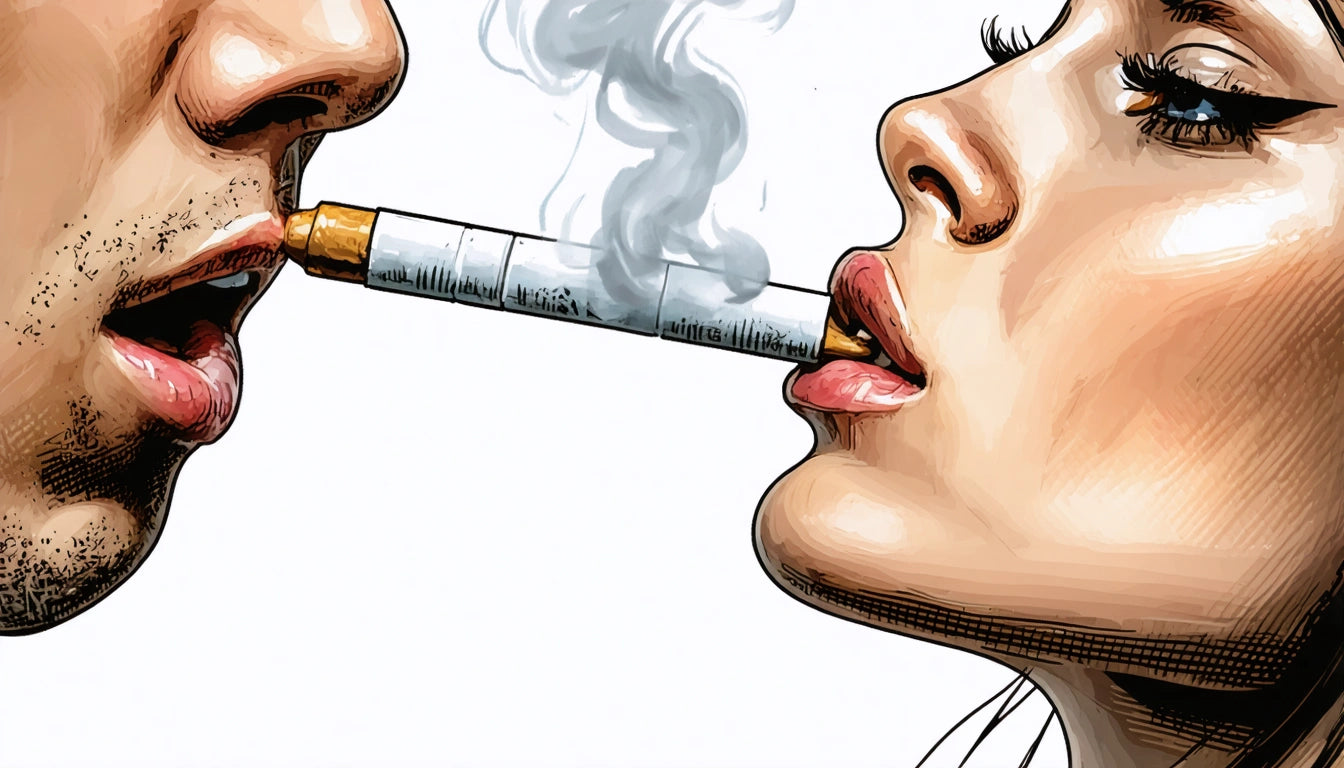Table of Contents
- Understanding Cannabis Tolerance: Why Breaks Matter
- Ideal Tolerance Break Duration: From Mini-Breaks to Full Resets
- Factors Affecting How Long It Takes to Reset Weed Tolerance
- Signs You Need a Tolerance Break
- Maximizing Your Tolerance Break Effectiveness
- Returning to Cannabis: Smart Approaches After Your Break
How Long Should a Weed Tolerance Break Be?
Cannabis tolerance develops when regular users need increasingly higher doses to achieve the same effects they once experienced with smaller amounts. This phenomenon leads many consumers to wonder how long they should take a tolerance break to reset their system. The answer varies based on individual factors, consumption patterns, and personal goals.
Understanding Cannabis Tolerance: Why Breaks Matter
Cannabis tolerance occurs as your endocannabinoid system adapts to regular THC exposure. When cannabinoid receptors are repeatedly activated, they become less sensitive over time, requiring more THC to produce the same effects. Managing and resetting weed tolerance becomes essential for both recreational users and medical patients to maintain effectiveness.
Tolerance breaks, often called "T-breaks," allow your endocannabinoid system to return to a more baseline state. During this period, cannabinoid receptors gradually regain sensitivity, which can help restore the effectiveness of lower doses when you resume consumption.
Ideal Tolerance Break Duration: From Mini-Breaks to Full Resets
48-Hour Mini-Break
Even a brief 48-hour break can provide noticeable benefits for light to moderate users. This short reset allows for partial recovery of cannabinoid receptors and can enhance the next experience. While not a complete reset, these mini-breaks are practical for regular users who can't commit to longer periods.
1-Week Moderate Reset
A one-week tolerance break represents a middle ground that works well for regular consumers. Research suggests that after 7 days, cannabinoid receptors show significant recovery. Many users report substantially enhanced effects when returning to cannabis after this period, making it a popular choice for how long a tolerance break should be from weed.
2-Week Substantial Reset
For heavy or daily users wondering how long for weed tolerance to decrease significantly, a two-week break often provides substantial results. This duration allows the endocannabinoid system to reset more completely, with most users experiencing a dramatic difference in sensitivity when they resume consumption.
30-Day Complete Reset
A full 30-day break is considered the gold standard for completely resetting cannabis tolerance. This duration allows THC to fully clear from the system while giving cannabinoid receptors ample time to return to baseline sensitivity. As detailed in this comprehensive guide on tolerance breaks, a month-long pause provides the most complete reset possible.
Factors Affecting How Long It Takes to Reset Weed Tolerance
- Consumption frequency: Daily users typically require longer breaks than occasional users
- Consumption amount: Heavy doses lead to stronger tolerance requiring extended breaks
- Metabolism: Individual metabolic rates affect how quickly THC leaves your system
- Body composition: THC is fat-soluble and can be stored in fat cells, affecting clearance time
- Product potency: High-THC product users may need longer breaks to reset fully
Understanding how long it takes for weed to leave your system provides additional context for planning effective tolerance breaks.
Signs You Need a Tolerance Break
Recognizing when to take a tolerance break is just as important as knowing how long it should last. Common indicators include:
- Needing significantly more cannabis to feel effects
- Experiencing diminished or shorter duration of effects
- Feeling dependent on cannabis for normal functioning
- Noticing increased irritability when not using
- Spending more money than desired on cannabis products
If you're experiencing these signs, it may be time to consider how long for weed tolerance to reset based on your specific situation.
Maximizing Your Tolerance Break Effectiveness
To get the most from your tolerance break, consider these evidence-based strategies:
Stay Hydrated and Active
Proper hydration and regular exercise can help your body process and eliminate THC more efficiently. Physical activity may help mobilize THC stored in fat cells, potentially speeding up the reset process.
Support Your Endocannabinoid System
Certain foods and activities can naturally support your endocannabinoid system during a break. Omega-3 fatty acids (found in fish and flaxseeds) and foods containing terpenes similar to those in cannabis (mangoes, black pepper) may help maintain balance.
Some consumers utilize specialized equipment to precisely measure and control their consumption when returning from a break. Precision filling tools for cannabis products can help maintain consistent, controlled dosing to prevent rapid tolerance rebuilding.
Track Your Progress
Keeping a journal during your tolerance break can help you monitor improvements in sleep, mood, and clarity while providing motivation to complete your planned duration.
Returning to Cannabis: Smart Approaches After Your Break
How you resume consumption after determining how long should a tolerance break be for weed is crucial for maintaining the benefits. When returning to cannabis after your break:
- Start with approximately 25% of your previous dose
- Choose lower-THC products initially
- Consider balanced THC:CBD ratios to moderate effects
- Implement regular micro-breaks (1-2 days weekly) to maintain sensitivity
- Practice mindful consumption by tracking effects and adjusting accordingly
Understanding how long cannabis effects typically last can help you plan more intentional usage patterns after your break.
By approaching cannabis with greater awareness after your tolerance break, you can maintain the benefits longer and potentially reduce your overall consumption while enjoying enhanced effects. Remember that tolerance management is highly individual, and finding your optimal cycle of use and breaks may require experimentation and self-awareness.











Leave a comment
All comments are moderated before being published.
This site is protected by hCaptcha and the hCaptcha Privacy Policy and Terms of Service apply.